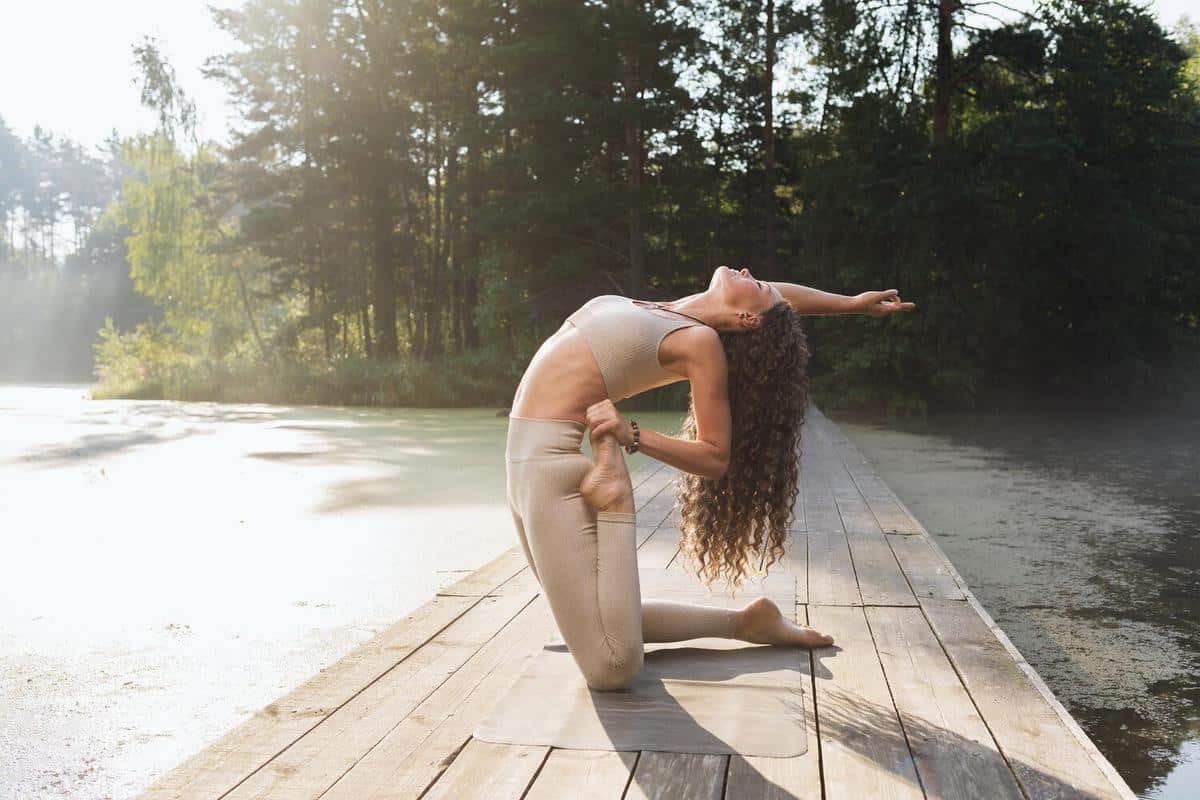
Yoga for Flexibility and Stress Relief: A Beginner’s Guide
Yoga has long been celebrated not only as a physical exercise but as a holistic approach to well-being, offering benefits that extend beyond the mat. Whether you’re looking to enhance your flexibility or find a sanctuary from stress, yoga provides a pathway for both.
Yoga for Flexibility and Stress Relief: A Beginner’s Guide
The Power of Yoga
Yoga is an ancient practice that has stood the test of time, often hailed for its ability to enhance physical and mental well-being. While many are drawn to yoga for its physical benefits, its impact on mental health should not be underestimated. A study from the International Journal of Yoga found that regular yoga practice can significantly reduce stress and anxiety levels.
Flexibility: A Key Benefit
Incorporating yoga into your routine can lead to improved flexibility, which is essential for overall physical health. Flexibility not only enhances athletic performance but also reduces the risk of injury. As noted by Dr. Natalie Nevins, an osteopathic physician, yoga helps improve muscle elasticity and joint mobility.
| Yoga Pose | Target Area | Benefit |
|---|---|---|
| Downward Dog | Hamstrings, calves | Improves leg flexibility |
| Cat-Cow | Spine, neck | Enhances spinal flexibility |
| Child’s Pose | Lower back, hips | Relieves back tension |
| Triangle Pose | Legs, hips | Strengthens and stretches legs |
| Cobra Pose | Back, chest | Opens the chest and shoulders |
| Seated Forward Bend | Back, hamstrings | Stretches the spine and legs |
| Butterfly Pose | Hips, groin | Improves hip flexibility |
| Bridge Pose | Back, chest | Strengthens the back and opens the chest |
Stress Relief Through Mindfulness
Yoga encourages mindfulness, a practice that can alleviate stress by promoting present-moment awareness. According to a study published in the Journal of Alternative and Complementary Medicine, mindfulness-based practices like yoga can effectively reduce stress and enhance well-being.
Integrate deep breathing exercises into your yoga practice to maximize stress relief. Controlled breathing can help calm the nervous system and reduce the stress response.
Getting Started with Yoga
Embarking on your yoga journey can be as simple as rolling out a mat and finding a few minutes each day to practice. Here are some actionable tips for beginners:
- Start with a short, 10-minute session to build consistency.
- Focus on foundational poses like Downward Dog and Child’s Pose.
- Consider joining a beginner’s class to learn proper alignment.
- Use online resources and videos for guided practice.
Frequently Asked Questions
Is yoga suitable for everyone?
Yes, yoga is adaptable for all levels and can be modified to suit individual needs.
How often should beginners practice yoga?
Beginners are encouraged to practice at least 2-3 times a week to build familiarity and consistency.
Can yoga help with stress management?
Absolutely, yoga promotes relaxation and mindfulness, which are key components in managing stress.
Conclusion
Yoga offers a unique blend of physical and mental benefits, making it an excellent choice for anyone looking to improve flexibility and manage stress. By incorporating yoga into your routine, you can cultivate a more balanced and harmonious lifestyle. Whether you’re practicing at home or in a studio, the journey of yoga is one of personal growth and well-being. Start small, stay consistent, and enjoy the transformative path that yoga offers.


